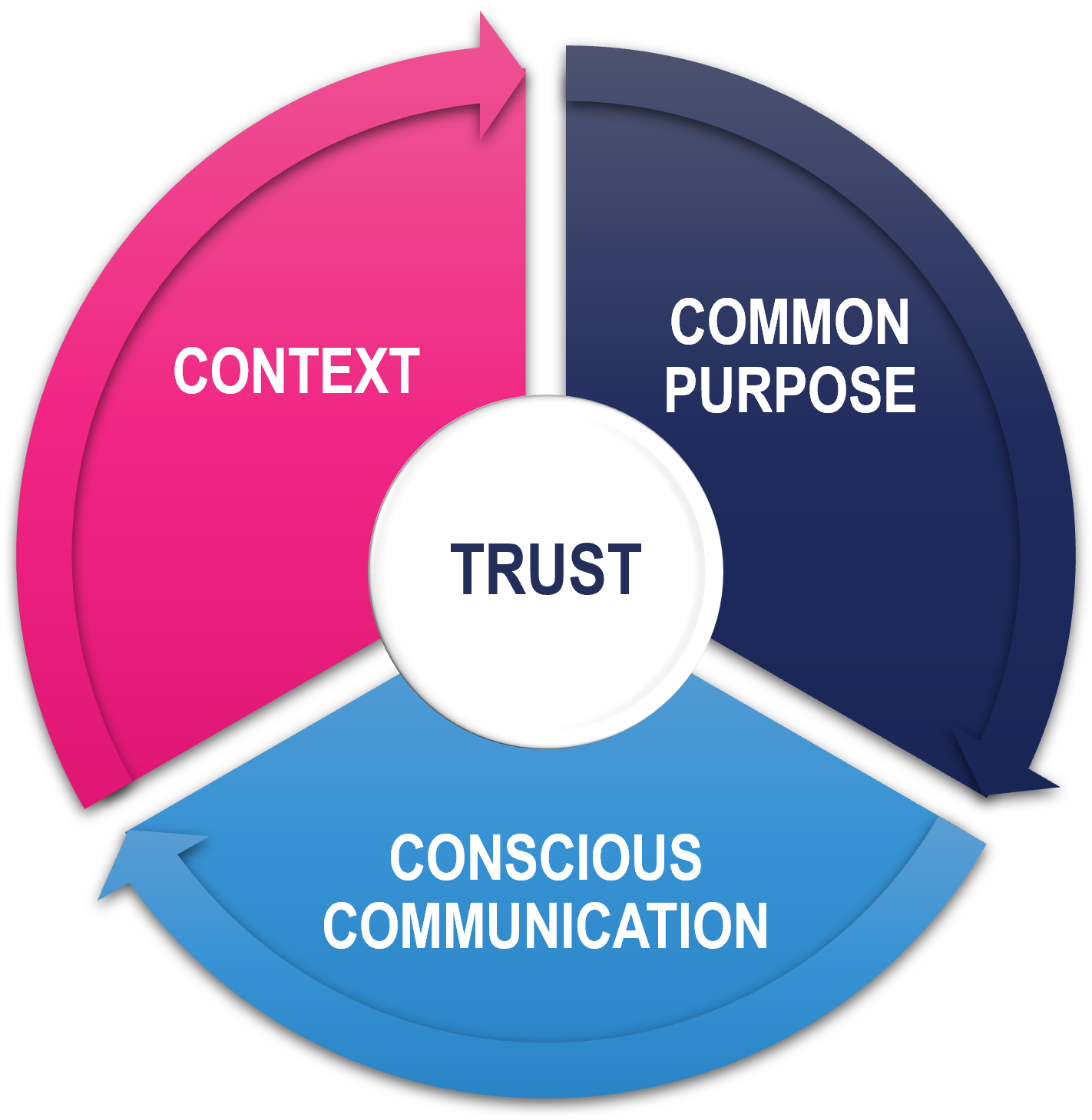Insights
Centred leadership for virtual teams
- 09 December 2017
Over the last few weeks we have been listening...
- listening to groups of leaders in a global organisation talk about the challenges they face in their role on a day to day basis.
Some of these leaders are senior executives and some work in frontline supervisory roles, some are new to their company and others have been there for many years, some work from their organisations’ local office and others are constantly ‘on the road’. Whilst these leaders are separated by great geographic distance, spread across nearly all continents of the globe they share a particular leadership challenge – how to build and enable a high performing virtual team.
Far from being the exception, nowadays virtual teams are really the norm. They may not always be global but most workplaces we know support flexible working arrangements which means, as a bare minimum, teams and leaders need to connect with members who are not physically in their office, ensuring an inclusive and productive environment.
So what are the ingredients for success? How are these ingredients the same, or different, from leading a physically co-located team?
We see 3 critical components:
1. Context
2. Commonality of purpose
3. Conscious communication
Context is key
In a dynamic and changing operating environment it’s impossible for leaders to make all of the decisions and be across everything (and neither should they be). However, in order to effectively empower their people to exercise judgment in the moment, leaders need to provide constant input about the ever-changing context. This includes external context (such as changes in the market dynamics, competitor position, demographic shifts, regulatory changes) and also internal context (including pivots in strategy and direction, nuances of the changing perspectives of the executive team, upcoming changes in products, systems, platforms and processes). Without providing this context leaders may think they are empowering their people, yet feel disappointed with the decisions that their team make (or choose not to make). The ultimate result is a disempowering work environment for the team, leading to low engagement and poor retention.
Commonality of purpose drives alignment
Alignment is a bit of a buzz word but it’s so important. Alignment is not a once off event (ie. “we’ve set our goals for the year and everyone should know what we’re doing now”). In our mind:
“alignment is a constant recalibration of focus in light of shifts and changes in the external and internal context”
For this constant recalibration to be well received by the team there needs to a broader intent or purpose, something which is longer term and gives meaning to everyone’s work. Without this foundation the regular re-calibration can feel very reactive and short term. Team members are likely to feel pushed and pulled in all directions, at sea without their anchor. Leaders build alignment in their teams through ensuring commonality of purpose which is connected to broader, long term organisational intent. Great leaders come back to this time and time again to reinforce how todays’ work is connected to this purpose.
Conscious communication is the glue
We're a big fan of well thought through communication. We're not a fan of everything being communicated to everyone – for me this is lazy communication. When we describe communication as the glue we're thinking about teams and leaders who have clearly defined their communication protocols with each other. For example, what issues does everyone in the team need to know about? What do they need to be consulted on? Who ‘owns’ various components of our work as a team and who is the ‘wing-person’ in another location who can step in and provide support when time-zones require it? Do we really need to copy everyone in the team on this email? Let’s face it, we are drowning in emails and for those who work in global roles it’s even worse because every morning when they come back to work to a barrage of emails which have arrived from somewhere else in the world overnight.
Teams that spend time working out their rules of engagement together can much more quickly deliver high performance than those that end up in constant communication loops which seem to go nowhere. A really practical tool to help can be a simple RACI matrix for the team. Through using a RACI the team can identify clear ownership, communication flows and support mechanisms for each other. It can also be a great way to on-board new team members, bringing them up to speed quickly. In our experience we should never underestimate the value of sound project management disciplines in leading virtual teams.
Trust is at the core
When we step back and think about all of this, the one central concept is trust. Great teams, virtual or otherwise, trust each other. The academic literature (Daniel McAllister) tells us that trust has two main components, cognition based trust (things like trusting each others’ competence, reliability, dependability and so on) and affect based trust (things like care, concern and empathy for each other). But trust doesn’t just miraculously appear one day in a team. Trust is the sum of a multitude of little instances, events and interactions in the team that leaders can consciously shape. The key tools of a leader to do so are context, commonality of purpose and conscious communication.


